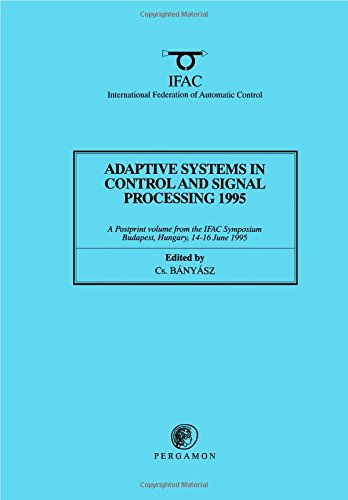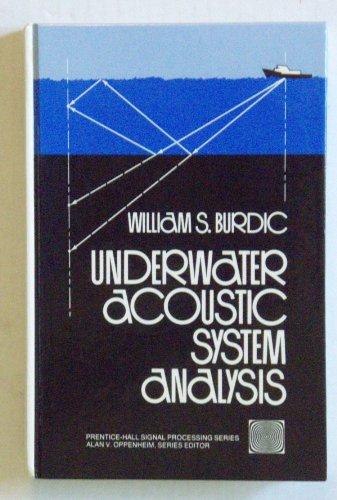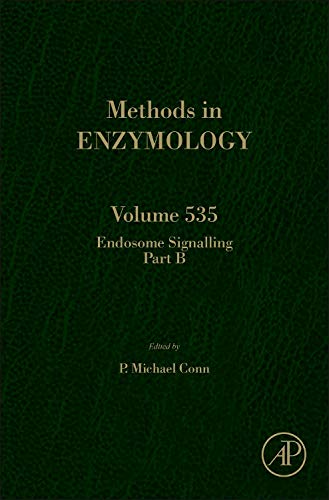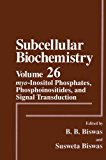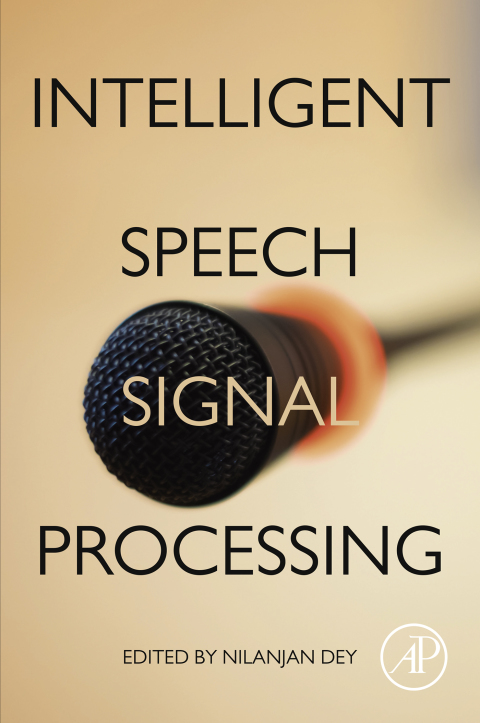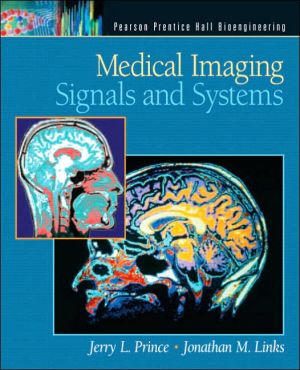Signal Transduction: A Practical Approach, Vol. 209
G. Milligan
Graeme Milligan
Signal transduction is an array of processes that allow extracellular information to be converted into an intracellular message and in turn a physiological response. They are among the most highly studied processes in biology and this new edition collects some of the latest methods.
Eugene A. Davidson
This is a how-to manual on several areas of research in signal transduction. Intended as a laboratory companion, it contains detailed protocols for a wide variety of experiments. The field of signal transduction is very large and continues to grow at a fast rate. The editor recognizes this and focuses this book on G-protein coupled receptors and systems with which they interact. Investigators studying signal transduction are the intended audience. In the first half GPCRs, structural analysis, site-directed mutagenesis, post-translational modifications, preparation of fusion proteins, and use of reporter genes are covered. Subsequent chapter discussions include adenylyl cyclases, inositol phosphates, and sphingosine kinase. In each case, a set of directions is provided with sufficient detail to enable the reader to translate directions into the laboratory. Each is accompanied by a short, relevant bibliography.
Biology - Microbiology, Cytology - General & Miscellaneous, Biochemistry - Proteins - Specific Proteins
| Name in long format: | signal-transduction |
|---|---|
| ISBN-10: | 0199637210 |
| ISBN-13: | 9780199637218 |
| Book pages: | 424 |
| Book language: | en |
| Edition: | 2 |
| Binding: | Hardcover |
| Publisher: | Oxford University Press, USA |
| Dimensions: | 6.20 (w) x 9.30 (h) x 1.10 (d) |


